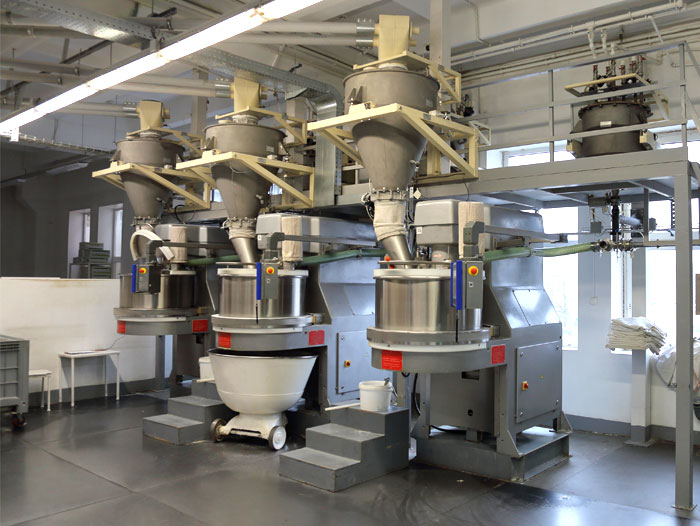Sanitary Design: a Key Factor in Preventing Food Contamination
April 15, 2022 | 1 min to read

If you have had recurrent positive microbiological results for pathogenic organisms, even with a good cleaning process and detailed operations procedures, maybe your problem is generated by a failure in the sanitary design of your equipment or in your overall infrastructure.
Sanitary design is a set of standards and conditions related to food hygiene and considers all structural and equipment designs, repairs, modifications, or purchases to reduce the potential contamination, cross-contact, and pest infestations, and to facilitate cleaning efforts. Food processing plants use sanitary design to prevent physical, chemical, and biological contamination of their products. Through a good sanitary design, you can also create maintenance processes that include the selection of proper cleaning compound, sanitizing materials, and methods of use for food processing equipment.
A small crack, a hole, a non-sanitary weld, or even an irregular surface in the equipment may represent an opportunity for accumulation of organic material and microbial growth. The combination of food, water, temperature, and time are preponderant for unwanted development in the equipment and structures.
To read the rest of the story, please go to: Marcelo Lilla
